
VIMS' 50-year monitoring program shows that Chesapeake Bay oysters are developing resistance to the diseases that have helped devastate their population.

VIMS' 50-year monitoring program shows that Chesapeake Bay oysters are developing resistance to the diseases that have helped devastate their population.
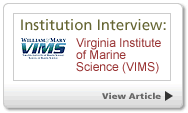
Analysis ranks VIMS in top 1% of citation counts in the fields of Environment & Ecology and Plant & Animal Science.
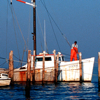
The Virginia Sea Grant Marine Extension Program is now accepting applications for funding as part of the Virginia Fishery Resource Grant Program.
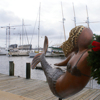
The Waterside and Nauticus marinas in Norfolk have been awarded Clean Marina status through partnership with the River Stars Program.

Facility improvements at VIMS help minimize damage to piers and buildings.
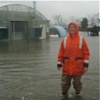
Meteorologists predict that storm tide from current nor'easter may rise higher than during Hurricane Isabel.

Study shows that continuation of current shoreline-protection strategies will cause more than half of East Coast tidal wetlands to drown beneath rising seas during the coming century.
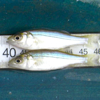
VIMS' annual survey suggests that an average number of young-of-the-year striped bass will enter the adult population in 2010. That's good news for the anglers who pursue this popular game fish.
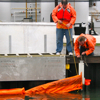
Oil-spill exercise on the York River helps emergency-management teams better coordinate their responses to such an event.
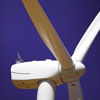
VIMS alum Charles Natale says pending approval of the "Cape Wind" project in Massachusetts is likely to jumpstart development of other wind farms in the nation's coastal waters, including those off Virginia.
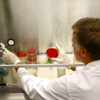
VIMS professor Wolfgang Vogelbein provides expertise to the Bermudian government concerning a recent reef-fish die-off.
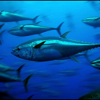
Professor Rebecca Dickhut and colleagues use chemical contaminants to reveal the birthplace of bluefin tuna in the Atlantic Ocean.
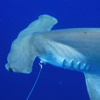
CNN reports on the VIMS Shark Survey, the longest-running study of shark populations in the world
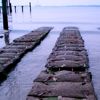
Aquaculture experts will present at this year's Virginia Aquaculture Conference on November 13 and 14 in Williamsburg, VA.
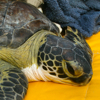
The presence of this tropical species is unusual for this time of year and this far north in the Bay.

The College of William and Mary and VIMS have formed a collaborative research initiative to explore biofuel production using algae growing naturally in Chesapeake Bay.
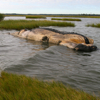
The whale that washed ashore in Gloucester has been towed to and anchored in a remote area near the Goodwin Islands.
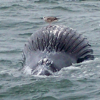
Press queries regarding the animal should be directed to Linda Candler of the Virginia Aquarium at 757-613-0416.
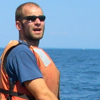
Geochemist Aaron Beck arrives at VIMS after a 2-year post-doctoral fellowship in Germany.

Award recognizes associate professor for his contributions to teaching and scholarship.
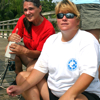
VIMS has begun a 5-year partnership to enhance science instruction at 4 local schools.
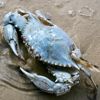
An unusual, all-blue blue crab arrives at VIMS.
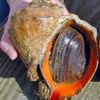
Study of these invasive predatory snails continues despite loss of funding for bounty program.
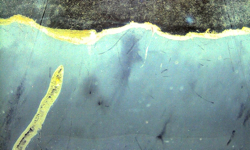
A survey of bottom-dwelling animals in Chesapeake Bay reveals that even relatively hardy organisms are under stress due to low oxygen.
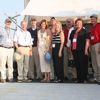
Members of the Virginia House of Delegates’ Chesapeake Subcommittee visit VIMS to explore issues facing Chesapeake Bay and its watershed.

VIMS recognizes Marine Corps Base Quantico as Virginia's 63rd certified Clean Marina in recognition of its environmental stewardship.
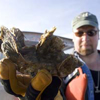
A 5-year study of oyster-restoration techniques in Chesapeake Bay shows that taller reefs in an extensive network of large sanctuaries is critical for re-establishing self-sustaining populations of native oysters.
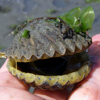
VIMS researchers will collaborate with public and private partners on a new effort to restore oysters, seagrass, and bay scallops to Virginia's seaside bays.
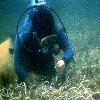
An international team of scientists warns that accelerating losses of seagrasses across the globe threaten the immediate health and long-term sustainability of coastal ecosystems.
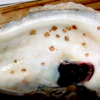
A survey of Virginia’s oyster farmers shows a dramatic increase in the number of seed and larvae sold between 2007 and 2008. The survey, by VIMS’ Sea Grant Extension Program, also found that hatcheries predict an additional 4-fold increase in sales for 2009.
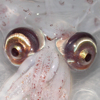
VIMS researchers have embarked on a 6-week expedition to study the deep waters of the North Atlantic.
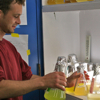
VIMS begins a new program to train the skilled workers needed to advance Chesapeake Bay’s rapidly growing oyster-farming industry.
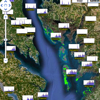
New tool in Google Maps allows web users to interactively view coverage of underwater grasses in Chesapeake Bay.
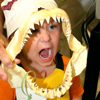
VIMS' annual open house drew an estimated 2,000 visitors to Gloucester Point on May 30 for a day of fun and learning.
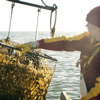
Virginia’s one-of-a-kind program to remove derelict crab traps from Chesapeake Bay yields data that will improve next year’s recovery effort and further reduce inadvertent trapping of Bay organisms.
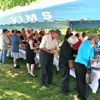
VIMS Dean and Director John Wells bestows service and student awards on selected individuals from the VIMS community during the Institute's annual Award Ceremony.
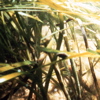
VIMS professor Robert Orth will describe his team’s success in restoring underwater grasses to Virginia's seaside lagoons during the International Marine Conservation Congress on May 20th.
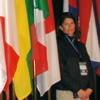
Heidi Geisz was among a handful of graduate students nationwide selected to participate in the annual Antarctic Treaty Consultative Meeting.
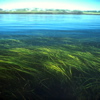
VIMS research shows that underwater grasses increased in Chesapeake Bay and rivers in 2008.
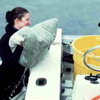
VIMS undertakes a collaborative venture to use volunteers to help collect eelgrass seeds for restoration in the seaside bays of Virginia’s Eastern Shore.
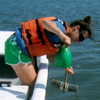
Graduate student Juliette Poleto Giordano won the award for outstanding student oral presentation at the spring meeting of the Atlantic Estuarine Research Society.
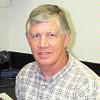
Professor Eugene Burreson has received an Honored Life Member Award from the National Shellfisheries Association for outstanding contributions to the field of shellfish biology.
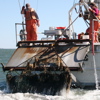
Winter dredge survey shows that bi-State management actions are having the desired effect.
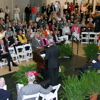
VIMS dedicates Andrews Hall and the Seawater Research Lab in a ceremony that highlights the many contributions of Hunter and Cynthia Andrews.
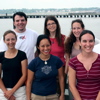
Grants from the William & Mary Committee on Sustainability will improve energy efficiency on the Gloucester Point campus.
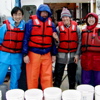
A new analysis of the worldwide scientific literature shows that VIMS professors Deborah Steinberg and Jim Bauer are at the cutting edge of their respective fields.
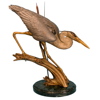
VIMS' 2009 Art Show and Auction will feature the works of Eastern Shore sculptors William and David Turner, a father and son team known internationally for their wildlife sculptures in bronze.
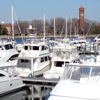
A survey of recreational boat owners who make Hampton their home port concludes that these boaters bring $55 million to the city and help create nearly 700 full-time jobs.

Professor Elizabeth Canuel and colleagues have received funding to explore the use of algae as a source of biofuels.

Top students from 15 Virginia high schools compete in 12th annual regional Ocean Science Bowl at VIMS.

Ph.D. student Kersey Sturdivant has won an award for Best Student Poster Presentation at the recent annual meeting of the American Society of Limnology and Oceanography.
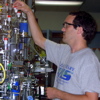
Ph.D. student Andrew Wozniak takes part in the 4th-annual Graduate Student Research Forum at the Library of Virginia in Richmond.
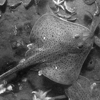
The newest version of Google Earth contains data on marine "dead zones" contributed by VIMS Professor Robert Diaz.

Booklet outlines methods for “spat-on-shell” oyster culture.

An international team of scientists including VIMS Asst. Professor Tracey Sutton resolves a long-standing biological puzzle by showing that a group of deep-sea fishes previously classified into 3 separate families are actually the larvae, males, and females of a single family—the whalefishes.

Virginia Sea Grant recognizes retiring Marine Advisory Program Director William DuPaul.